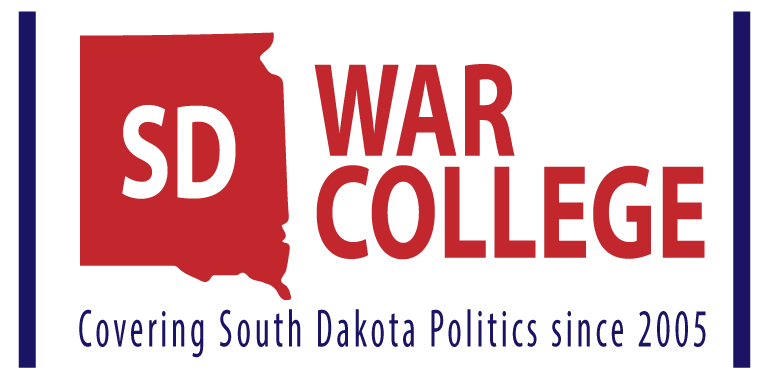Press Release: New Poll Shows Marsy’s Law Has Overwhelming Support Across South Dakota

New Poll Shows Marsy’s Law Has Overwhelming Support Across South Dakota
A new scientific poll conducted by Public Opinion Strategies shows South Dakota voters support Marsy’s Law, also known as Constitutional Amendment S, to expand rights for crime victims by an overwhelming 70%-18% margin. The poll also shows that when voters are given more information about Amendment S, support climbs to 84%-12%. The poll further shows that even after voters hear the likely back-and-forth messaging points on either side of Amendment S, nearly three-quarters of South Dakota voters say they’d vote yes with a margin of 74%-18%.
“South Dakota has some of the weakest crime victim rights in the nation. We are pleased to see South Dakotans overwhelmingly support Amendment S,” said Jason Glodt, Former Assistant Attorney General and State Director for Marsy’s Law. “Voters in South Dakota believe that crime victims in our state deserve the same constitutional protections as their offenders. Nothing more, nothing less. Tens of thousands of South Dakotans have already signed petitions to put Marsy’s Law on the ballot and we are continuing to build on that support. We are confident we will keep this overwhelming support through November.” said Glodt.
Marsy’s Law for South Dakota is a Crime Victims’ Bill of Rights that is named after Marsalee “Marsy” Ann Nicholas. Marsy was a beautiful, vibrant University of California Santa Barbara student who was stalked and killed by her ex-boyfriend in 1983. Only a week after Marsy was murdered, her mother Marcella and her brother Nick walked into a grocery store after visiting her daughter’s grave and were confronted by the accused murderer. They had no idea that he had been released on bail.
From Public Opinion Strategies:
KEY FINDINGS
▪ There’s overwhelming support for Constitutional Amendment S.
By an overwhelming 70%-18% margin, South Dakota voters support Constitutional Amendment S, the amendment to expand rights for crime victims. Support for this Amendment extends across every key South Dakota demographic and geographic group:

▪ Once South Dakotans learn more information about this Amendment, often called Marsy’s Law, support climbs even higher.
After voters get the following information about Marsy’s Law, support for Constitutional Amendment S increases to 84%-12%:
“This Amendment, often called Marsy’s Law, is named after a 21-year-old college senior who wasmurdered in 1983 and was written as a result of the experiences her brother and parents faced after her murder when they were often treated as though they had no rights.
Under current South Dakota law, those accused and convicted of a crime are granted specific rights and protections, while victims of a crime ARE NOT given these equal rights. This proposed Amendment would guarantee that victims of a crime are notified, heard and granted standing to ask that those rights be protected.
In addition, this measure would ensure that victims of crime are notified of bail hearings, as well as any parole, release or escape of a criminal. And, it would create equal rights and standing for crime victims and finally grant victims and their families the voice they deserve.”
▪ Finally, even after testing statements AGAINST Constitutional Amendment S, support remains well above 70%.
After voters hear the likely back-and-forth messaging points on either side of this Amendment, nearly three-quarters of South Dakota voters say they’d vote YES (74%-18%). This demonstrates the significant positive feelings toward this Amendment, and the difficulty any NO campaign would have in defeating it on the ballot this Fall.
BOTTOM LINE
Constitutional Amendment S looks headed toward a resounding victory this Fall, as voters are strongly inclined to support it initially, and after hearing about its connection to Marsy’s Law, the YES side climbs even higher. And, even after voters are presented with some messaging points against the Amendment, support for this ballot issue remains well above 70%.






 Creating More Outdoor Opportunities for South Dakotans
Creating More Outdoor Opportunities for South Dakotans
 Achieving Regulatory Reform and Improving Chemical Safety Laws
Achieving Regulatory Reform and Improving Chemical Safety Laws